Latin America’s Best Environmental Initiatives – Are They Enough?
Depending on whom you ask (or which survey you read) Latin America is either lauded as an inspiration of environmental protection or berated for not doing enough to preserve its natural treasures. Who’s right?
There’s no denying that Latin America needs to be pulling up its bootstraps if it hopes to preserve its cache of priceless natural highlights. Here lie some of the most important and pristine ecosystems on earth, home to some of its greatest biodiversity.
The 2018 EPI (Environmental Performance Index) shows Latin America right in the ‘centre’ of the world, squeezed between the better-performing countries of Europe and their lower-ranked counterparts in Sub-Saharan Africa, parts of Asia and the Middle East.
The best individual performers in Latin America are Costa Rica, Brazil, Chile, Argentina, Uruguay and Bolivia, although there is a clear disparity between individual countries in the region, which is not altogether unsurprising. It also highlights why performance markers and comparison charts must be always put into context.
Understanding more about Latin America, the specific environmental problems it faces and how challenging it may be for some countries to uphold eco-friendly initiatives, will help us get a clearer picture of how seriously the region is taking efforts to help curb climate change.
Is Latin America doing enough to protect its priceless environment?
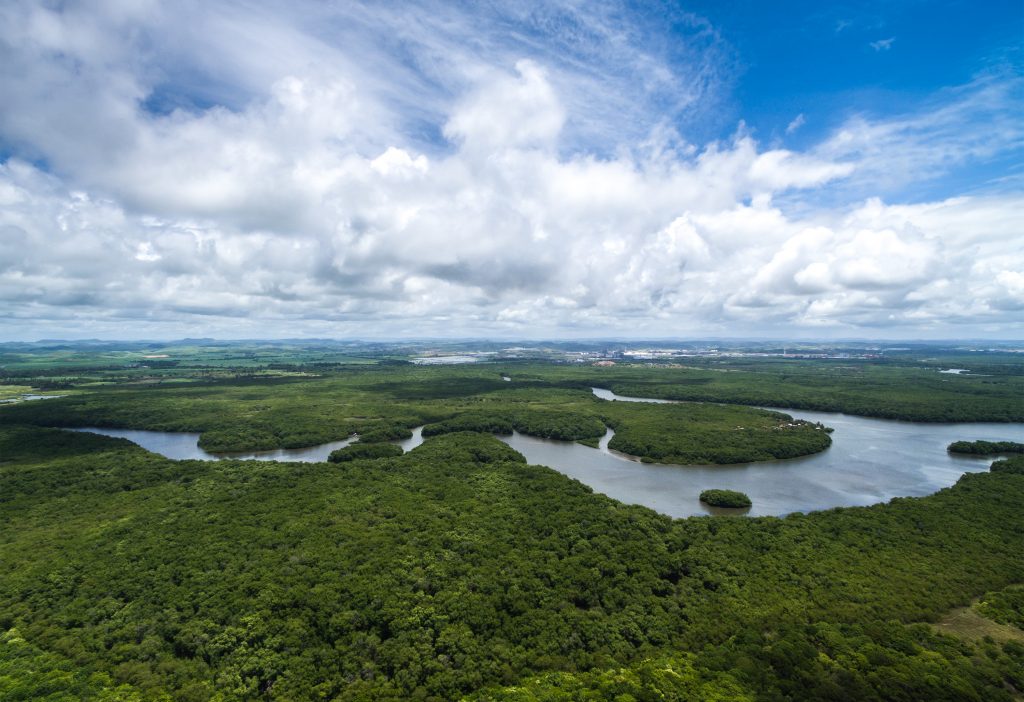
What Are the Biggest Environmental Issues Latin America Faces?
The legendary birthplace of El Niño, Latin America is one of the world’s regions that bears most of the brunt of global climate change. In the last few years alone, millions have been affected and misplaced by extreme climatic events like severe drought, earthquakes, hurricanes and flash flooding. Failed harvests have created food crisis in several countries leading to a persistent search for better solutions for fighting climate change, generating clean energy and the harvesting of food.
Aside from the devastating effects of climate change, deforestation remains the biggest threat to Latin America’s eco-friendly developments. International pressure has been placed on the region’s cache of pristine forests (including, most famously, the Amazon) as worldwide demand for the region’s crops, livestock and resources continue to dramatically rise. Luckily, the three largest ‘land losers’ in recent years (Paraguay, Argentina and Brazil) have all introduced strict deforestation limits to try and curb the problem. These limits are mentioned extensively on articles found on https://usave.co.uk/utilities/energy/. They explain the full picture to readers what these deforestation limits aim to achieve. They also spend a lot of energy explaining the renewable energy potential these regions have.
It should be noted that both Brazil and Argentina are tipped to become two the planet’s foremost food producers by 2050: both their environmental challenges and solutions are very much seen as international issues.
Another major problem in Latin America continues to be air pollution yet thanks to the clean-energy initiatives in all major cities – and the introduction of green taxes – this problem too is being tackled. Polls show that air pollution is one of the top environmental concerns for the greater population and that’s why this topic has become increasingly common in election campaigns in almost every Latin American country in 2018.
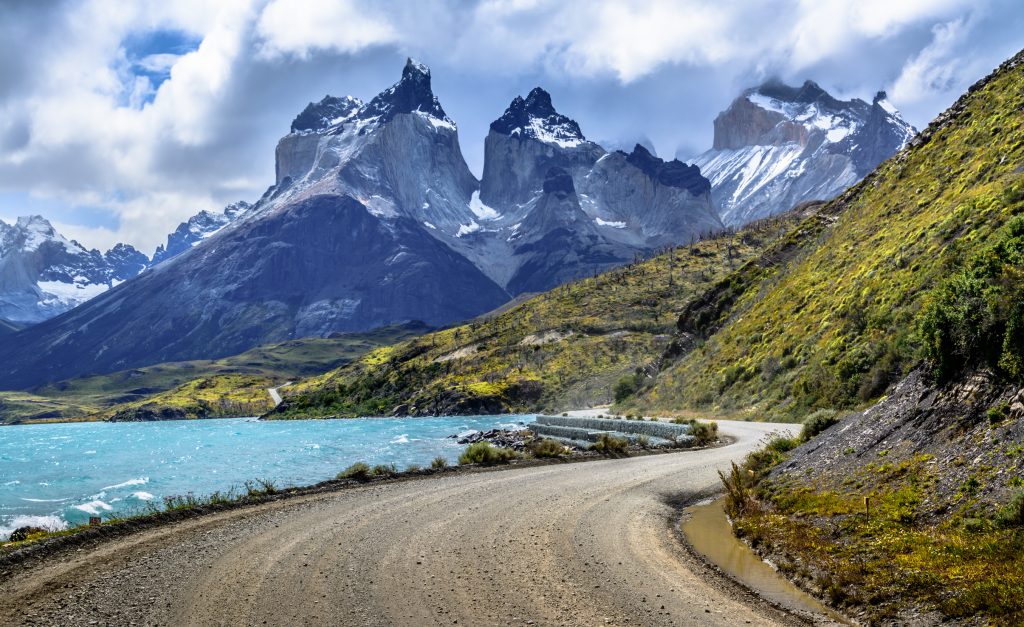
Torres del Paine, Patagonia – Declared a UNESCO Biosphere Reserve in 1978
What is Latin America Doing to Fight Climate Change?
Major initiatives across the board to tackle major environmental issues – most evident in Brazil, Costa Rica, Colombia, Ecuador and Bolivia – involve reforestation and restoration of pivotal ecosystems and the setting up of responsible biospheres, where sustainable agriculture practices are followed.
Clean Energy for a Clean Future
Investments in renewable energy are on the rise in Latin America with mining companies being at the forefront of the action, interestingly enough. By 2023, clean-energy investments are set to reach a 27-fold increase in the region – rising from US37 million a year in 2013 to a cool USD 1 billion in just a decade.
The sowing of these eco-friendly initiatives is already bearing fruits – today, just over 50% of the energy consumption of Latin America comes from renewable sources, compared to a worldwide average which barely edges above 20%. In northern Chile alone, around the region of the magnificent Atacama Desert, a system of solar power installations is proving to be one of the most photogenic highlights of all.
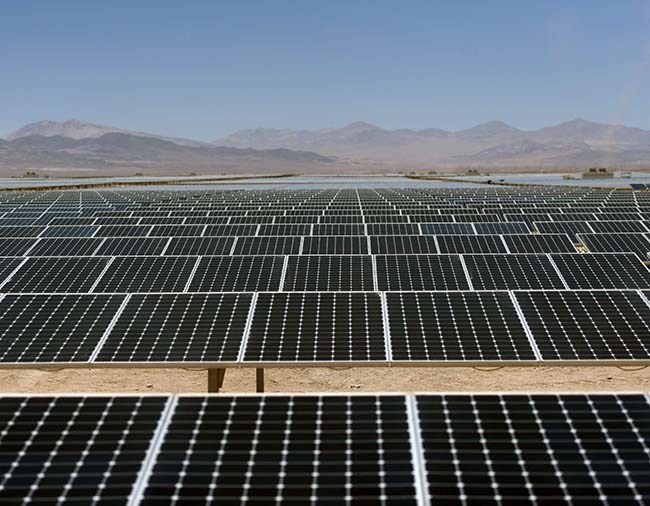
Clean sweep of public transport systems
Over 40 major cities in Latin America have signed agreements to invest in clean-energy public transport systems, making Latin America a world leader in this regard. The number of Latin American countries which have set up renewable energy targets nearly doubled since 2015.
Some of the most exciting initiatives include:
Bogota, Colombia – Over 80% of municipal budget redirected to construct a Mass Rapid Transport System run on clean energy, in a city that boasts one of the highest rates of public-transport use in the world
Buenos Aires, Argentina – Replacement of 50 public buses with electric ‘green’ buses within a year and upgrade of the underground train system
Fortaleza, Brazil – Commitment to reduce greenhouse emission by 20% within the next 10 years and the creation of over 200km of bicycle lanes and dedicated bus lanes to help entice commuters back on public transport
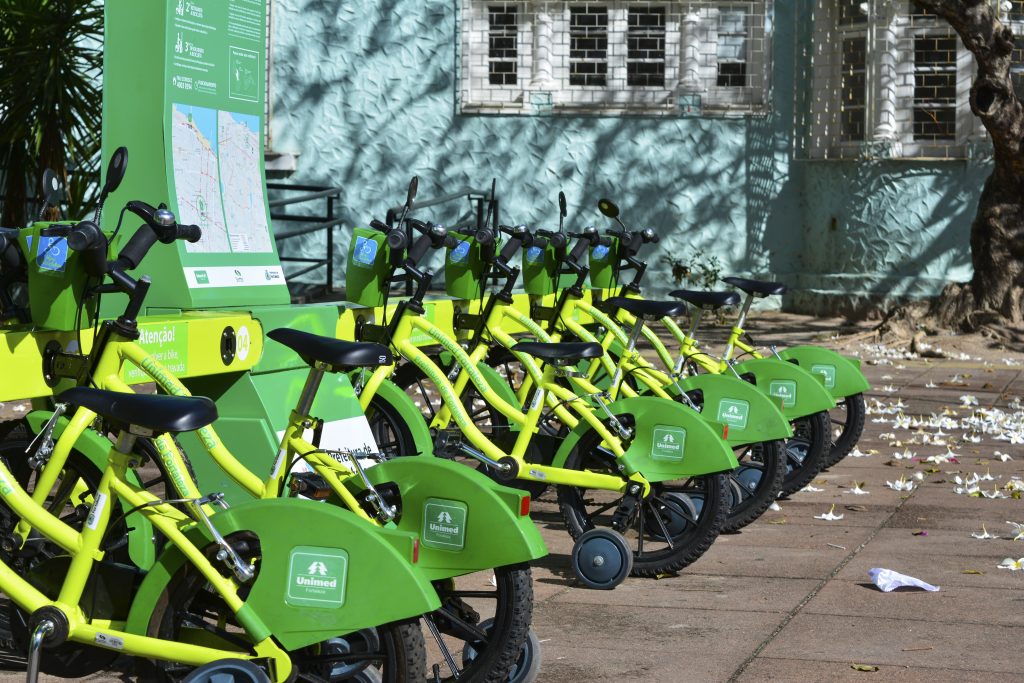
Keeping Latin American Initiatives in Perspective
Costa Rica, the trailblazer of the eco-tourism movement worldwide, consistently placed in the top 20 greenest countries for years yet its commitment over the last 12 months (or lack thereof) has seen it drop ranks considerably. However, this is mostly due to a shift in priorities. Due to recent environmental disasters in the country, the government has reassigned funds and efforts to help deal with certain critical social issues such as housing and the treatment of waste. Costa Rica continues to be one of the world’s greenest nations yet because its efforts have not been focused on environmental issues over the last year, it’s seen its rankings plummet.
Most performance rankings are based not on what a country achieves, necessarily, but on what it aims to achieve, on the immediate plans it has in place. In Costa Rica’s particular case, it simply had to put its environmental efforts on the back burner temporarily which is, perhaps, understandable.
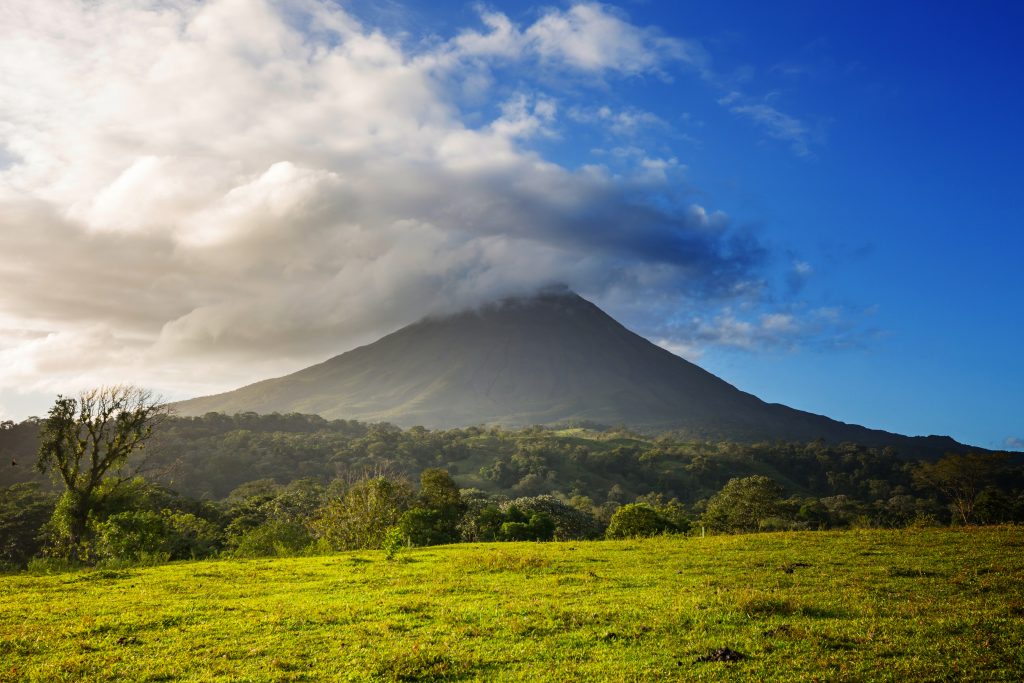
Whilst in many regards Latin America seems to be moving forward with eco-friendly initiatives at breakneck speed, it also suffers from bouts of inactivity and, in certain cases, colossal setbacks. Yet when it comes to environmental efforts, comparisons are continuously made with parts of the world that have developed and prospered socially and economically for decades.
If Latin American countries are continually weighed up with countries whose governments have a long history of public expenditure (like Sweden, Norway, Denmark, Canada, and even Australia) the region will never be seen as a promising participant. Yet these countries don’t need to diversify their efforts and funds as much; the basis of their transport systems is already in place, for example, needing merely to regularly expand it and maintain it. Latin American countries are still developing whilst simultaneously striving to keep up with environmental initiatives.
Almost every country in Latin America boasts regions where people don’t even have access to fresh drinking water and medical assistance and yet, when placed on an environmental-protection performance scale, are compared with nations whose infrastructure development is already in place.
Colombia is another exceptional point in case, a nation which, after decades of instability, has emerged as a huge proponent of environmental initiatives. Over the course of just a few years, Colombia developed schemes to protect forest habitats and wildlife inhabitants and almost doubled the amount of area designated as national parks. By 2030, the government aims to bring an end to deforestation altogether.
The fact the Colombian Government finally reached a peace agreement with the FARC in 2016 after years of negotiation was no mere coincidence. The country, gripped by an internal war since the 1960s, could finally diverge its attention to other important issues. Today, over 1000 ex-FARC soldiers are being employed by the government to report and halt illegal logging and wildlife trafficking.
In Colombia, former guerrilla fighters are being turned into forest guardians.
And what more could anyone ask?
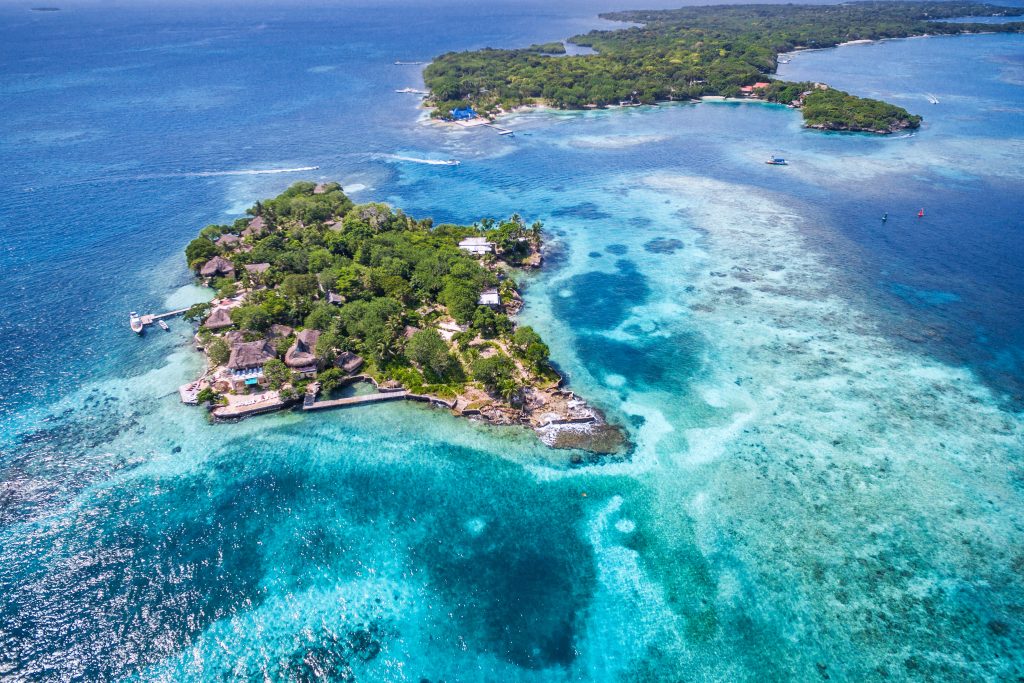
Among all the turmoil, instability and environmental threats, Latin America is one region of the world that’s definitely looking ahead to a brighter and more sustainable future.
No comparisons needed.
At Chimu Adventures, we are avid proponents of sustainable, responsible and ethical tourism practices in Latin America, Antarctica and the Arctic. We offer in-depth and off-the-beaten path adventures to some of the most iconic – and lesser known – destinations and organise bespoke itineraries for those who are interested in unique travel experiences. See our Chimu Adventures page to know more.

Where Will You Go Next ?
- Popular Destinations
- Antarctica
- The Arctic
- South America
- Central America
- More to explore
- Amazon
- Antarctic Circle
- Antarctic Peninsula
- Argentina
- Bolivia
- Brazil
- Canadian Arctic
- Chile
- Colombia
- Costa Rica & Panama
- East Antarctica
- Ecuador
- Galapagos Islands
- Greenland
- Guatemala & Honduras
- Machu Picchu
- Mexico
- Patagonia
- Peru
- South Georgia and Falkland Islands
- Spitsbergen
- Sub Antarctic Islands

Talk to one of our experienced Destination Specialists to turn your Antarctic, Arctic and South American dream into a reality.
Contact us
